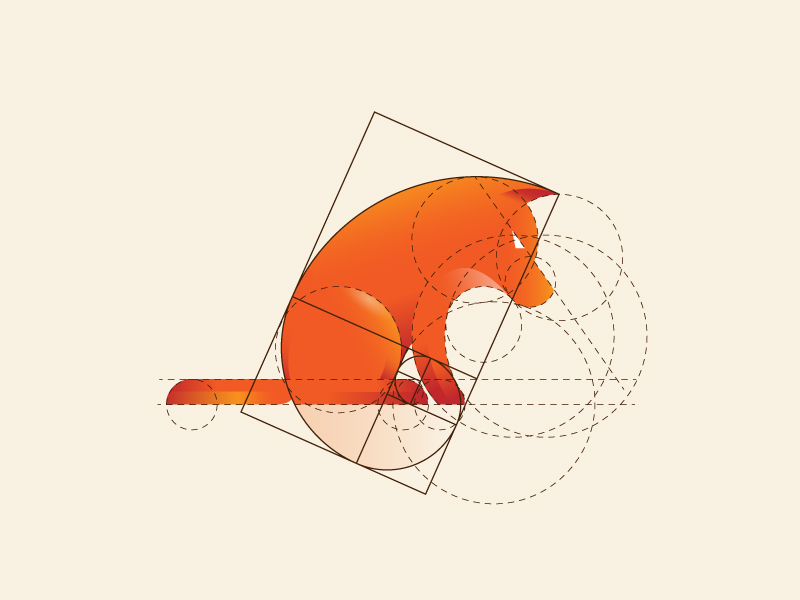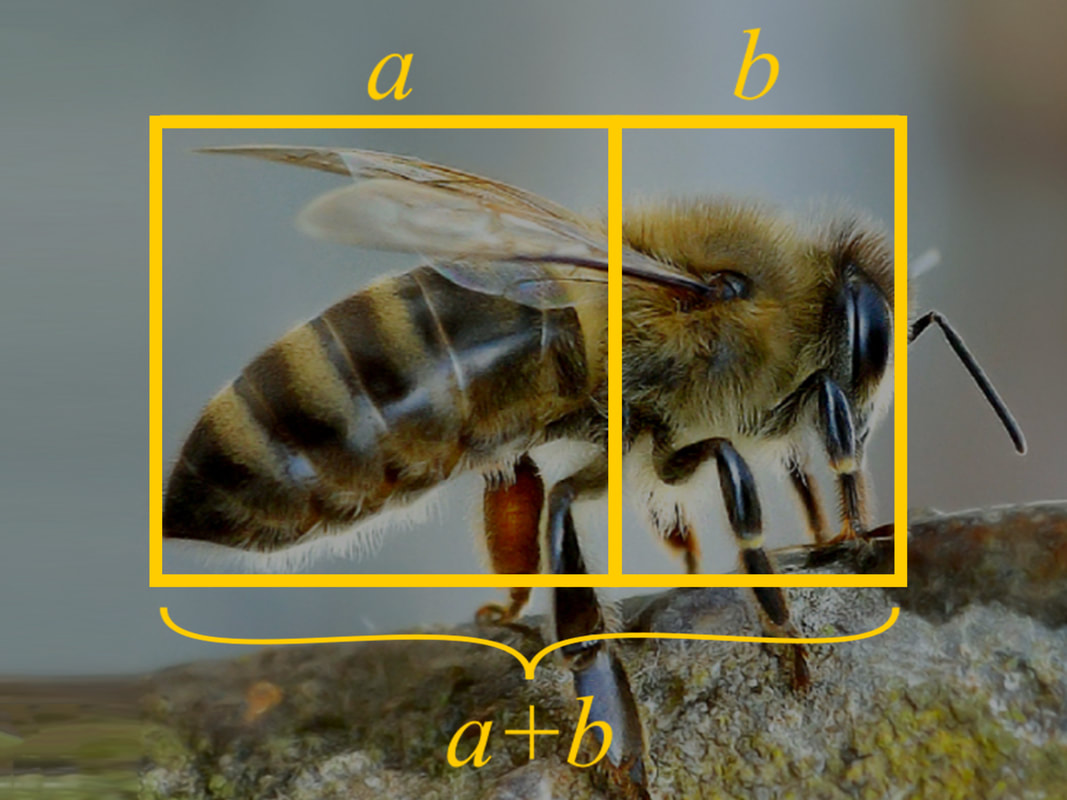
The easiest way to use the golden ratio in photography is to choose an aspect ratio that respects the Divine Proportion. So is this number really useful in modern visual arts like photography and design? The golden ratio in photography But many of them were built without claiming to use it. People have discovered many outstanding works of art that respect the golden ratio. It isn’t easy to use an irrational number in creative fields, but there are tools and methods that can ease the work for you. It helps you build a balanced composition and establish a strong focal point. The golden ratio is frequently used in photography, design, and architecture. They want to stand out from the crowd, get attention, and get a loyal audience. If Renaissance painters were looking for innovation and freedom of expression, modern artists are looking for uniqueness and authenticity. Leaving aside the mathematical aspects and its popularity in nature, the golden ratio in art has an important quality: it naturally attracts people’s attention. The golden ratio: examples and applicability We’ve been using it for centuries just to discover that, as always, nature was ahead of us. Natural patterns are often implemented in man-made products, and the golden ratio is no exception. Fascination with the golden ratio and golden spirals might explain why we’re fascinated by hurricanes despite the obvious danger. Our brains are trained to recognize and interpret this type of information. It seems that humans (as well as animals) interpret these shapes faster than any others.

It’s not just that you can see the golden ratio in nature. There are strategies explaining why shapes based on the golden ratio are so appealing to humans. In brief, nature is always optimizing, and the golden ratio is an optimal solution to many issues. Physicists have concluded that shapes created using the golden ratio consume less energy. Why does nature use the golden ratio? Botanists have concluded that plants optimize their sun exposure by growing leaves in a spiral and making sure they aren’t at repeating angles. You can find shapes and structures based on it in romanesco cauliflower, sea shells, flower petals, leaves, DNA molecules, the Milky Way, hurricanes, and the entire human body. It’s a number that appears frequently in nature. The golden ratio isn’t just a number with a strong mathematical background. By Jahobr - Own Work, CC0 The golden ratio in nature Just from this simple sketch you can already recognize one of the most appealing shapes in nature. There’s a lot of math related to the golden ratio, and you can have fun trying to see what mathematical implications it has.īy dividing an area into rectangles according to the golden ratio and adding a curve in each rectangle, you can get a better idea of the golden ratio and its relation to the Fibonacci series, called the golden spiral.

And the higher the numbers, the closer the approximation. If you take any two successive numbers in the Fibonacci sequence, you’ll see that their ratio is close to the golden ratio. The golden ratio - also called the golden number, golden section, and golden mean - appears in the Fibonacci sequence (0, 1, 1, 2, 3, 5, 8, 13).

The easiest way to understand its visual impact is to divide a line into two segments, a and b, according to the following proportion: (a+b)/a= a/b=1.618. The golden ratio can be defined by a geometrical construction, using the Fibonacci series, or using trigonometry and limits. Like Pi, its value can’t be computed precisely, but it’s approximately equal to 1.61803398874989484820. It was first used in 447 BC by the Greek sculptor Phidias in the sculptures he made for the Parthenon, hence its name. The name is slightly misleading, as the golden ratio is an irrational number symbolized by the Greek letter Phi and has nothing to do with gold. The golden ratio: the theoryįew people know exactly what the golden ratio is. Here’s everything you need to know about the golden ratio and how you can use it in the visual arts. The golden ratio even applies to music, as analysis of works by Debussy, Béla Bartók, and Erik Satie shows. The Parthenon, Notre Dame, the Taj Mahal, the Great Pyramid of Giza, the Guggenheim Museum in New York, and the UN Secretariat Building are just a few examples.Įxtensive use of the golden ratio in art has made golden ratio appealing for modern artistic fields like photography and design. Salvador Dali used the golden ratio to compose “The Sacrament of the Last Supper.” It has been used for centuries in architecture too. No wonder the golden ratio was called “the Divine Proportion” during the Renaissance.Īmong the famous artists who used it are Leonardo da Vinci, Michelangelo, and Sandro Botticelli. People seem to appreciate it so much that beauty standards are based on it. The golden ratio is a mysterious proportion considered the secret behind many works of art.


 0 kommentar(er)
0 kommentar(er)
